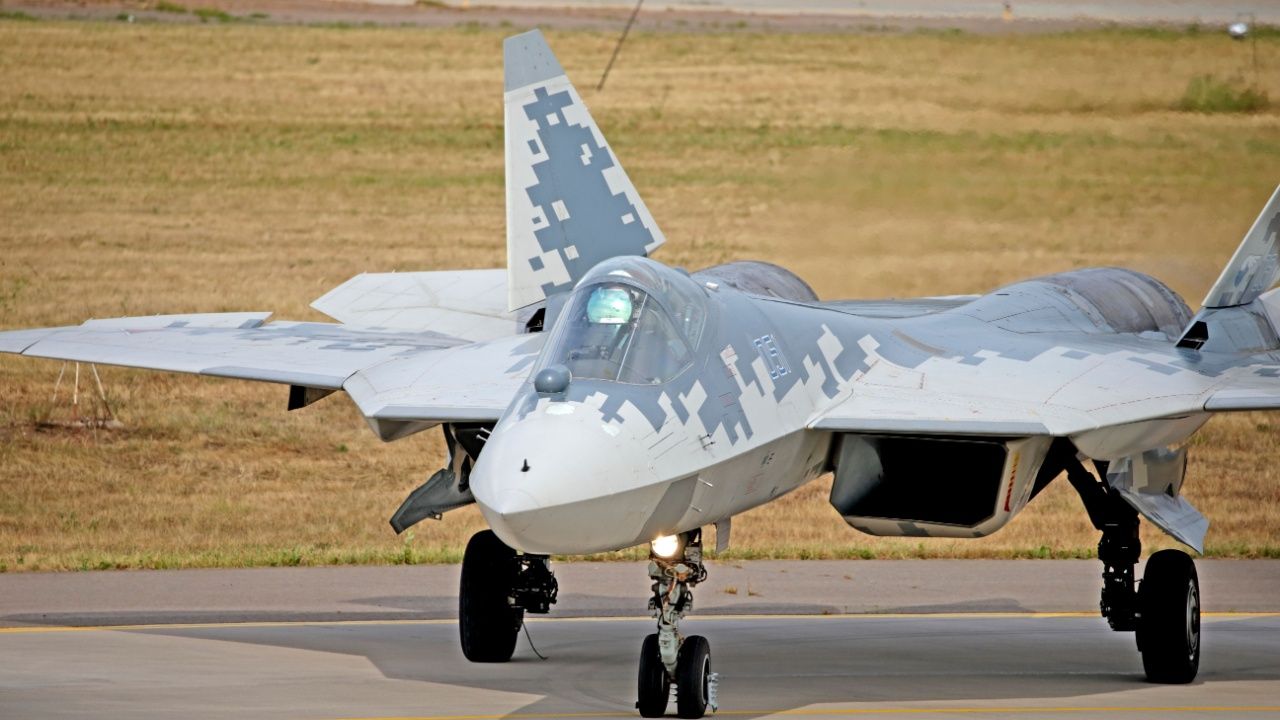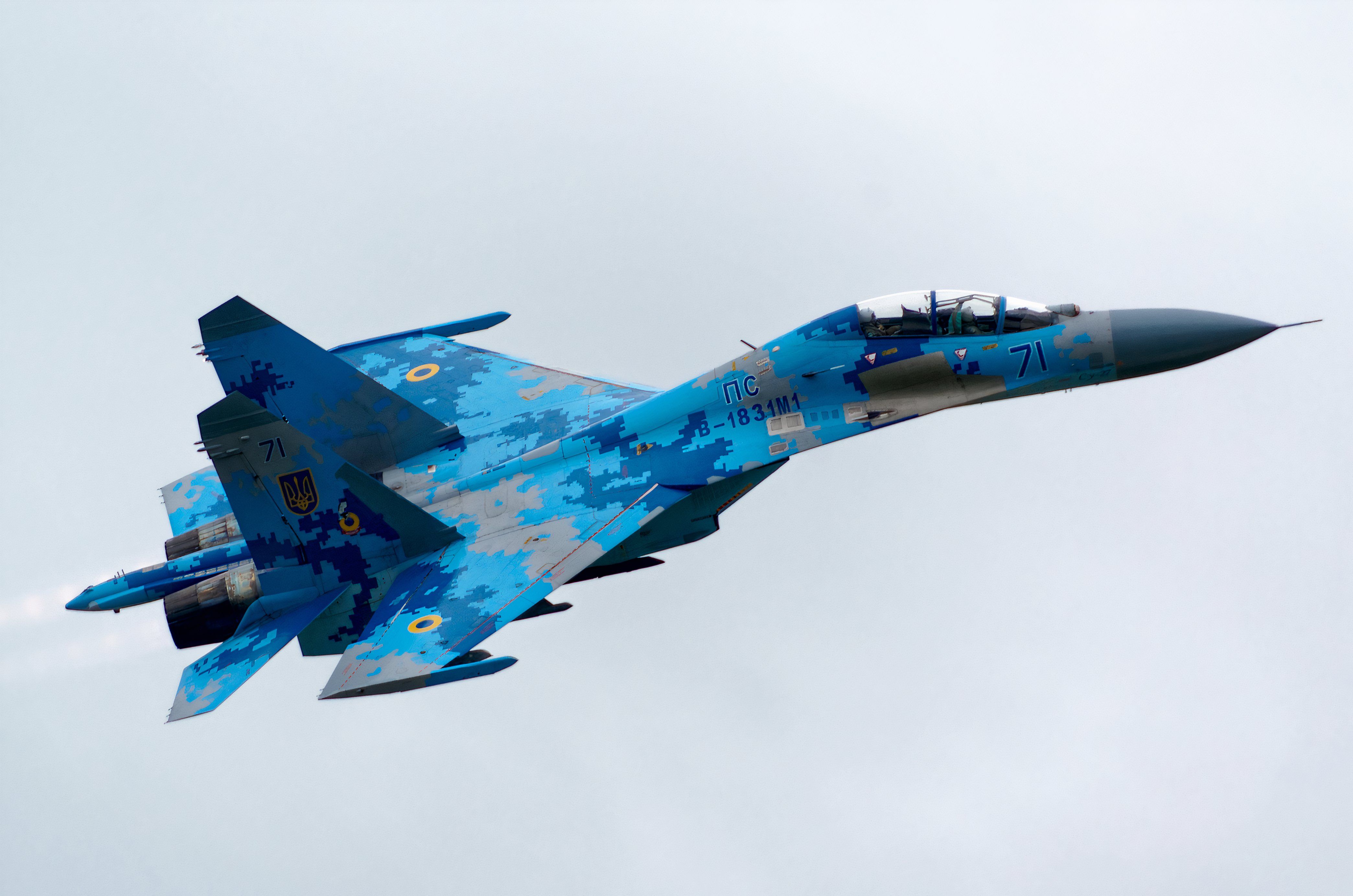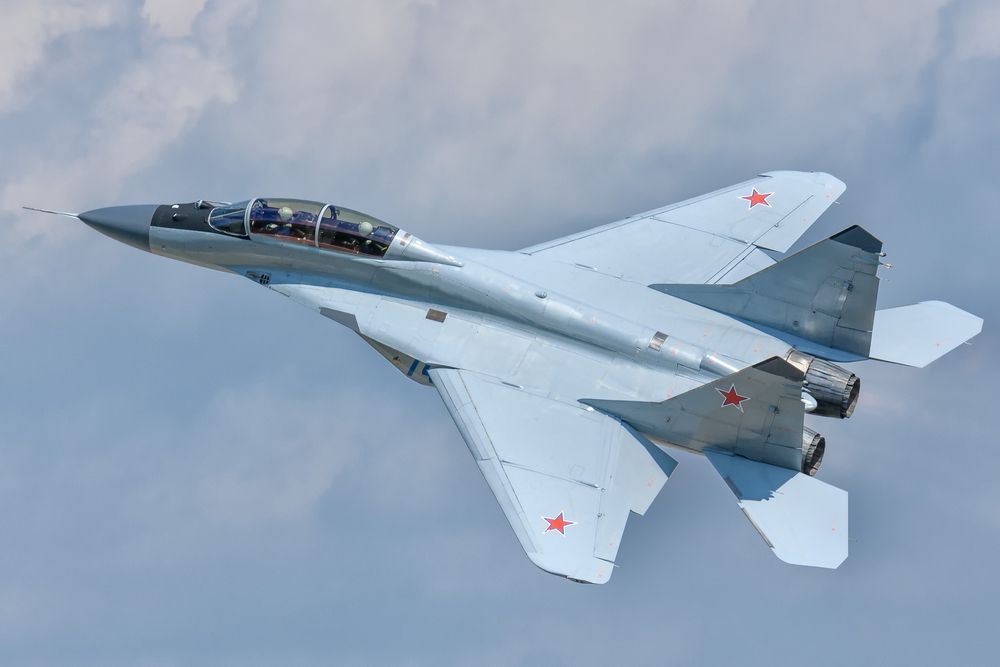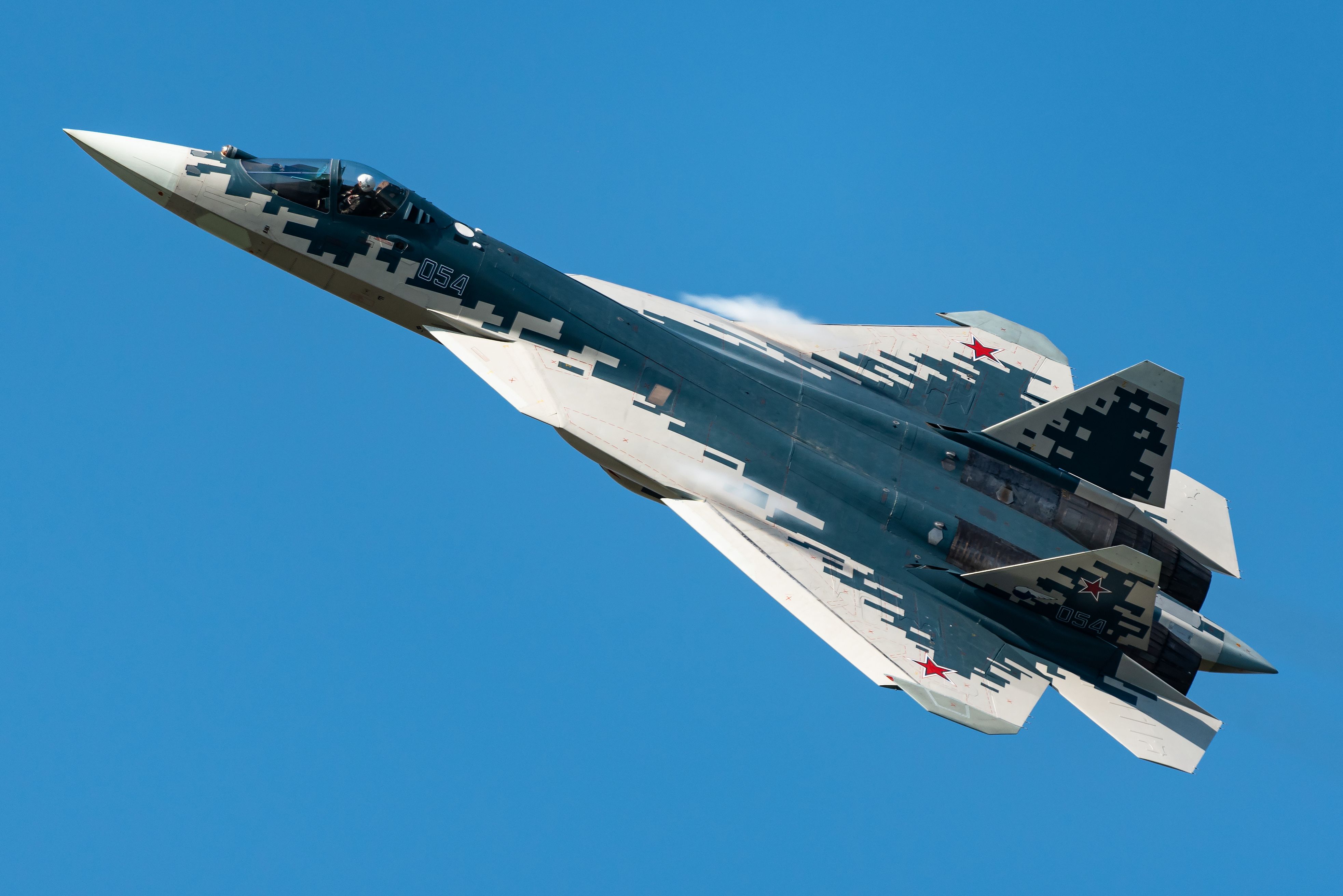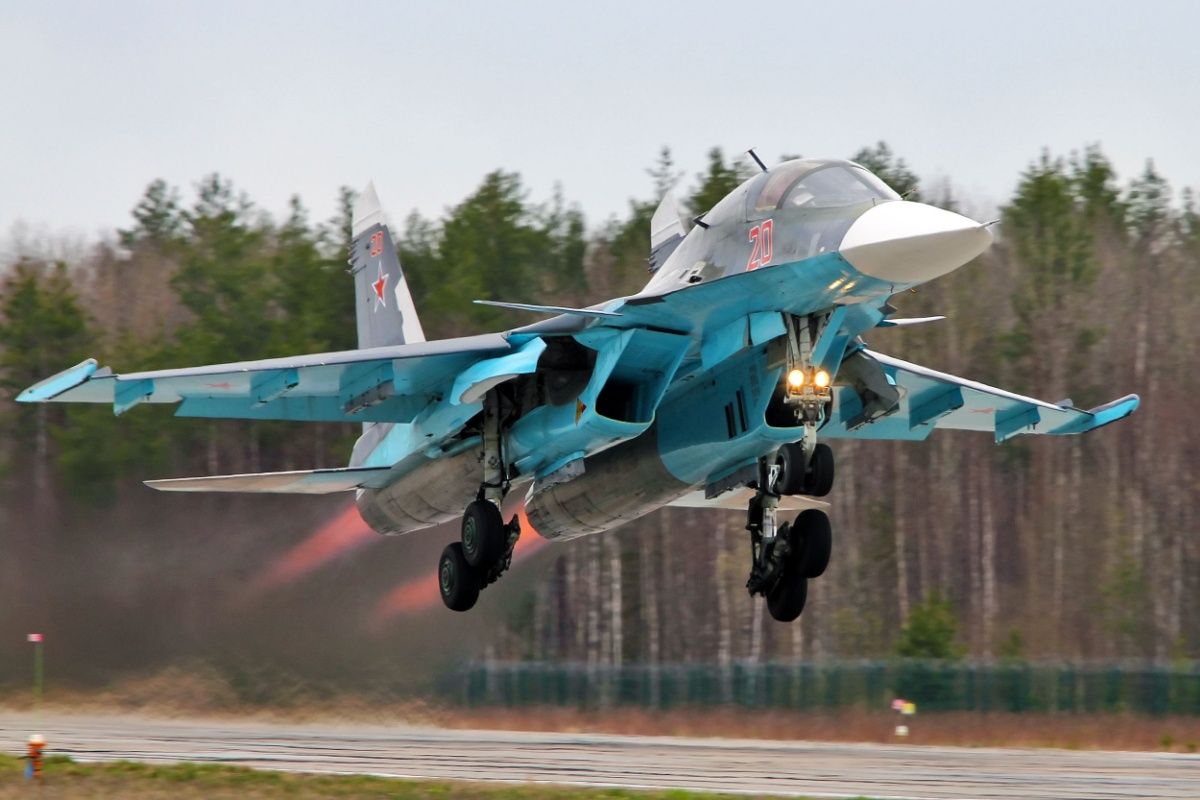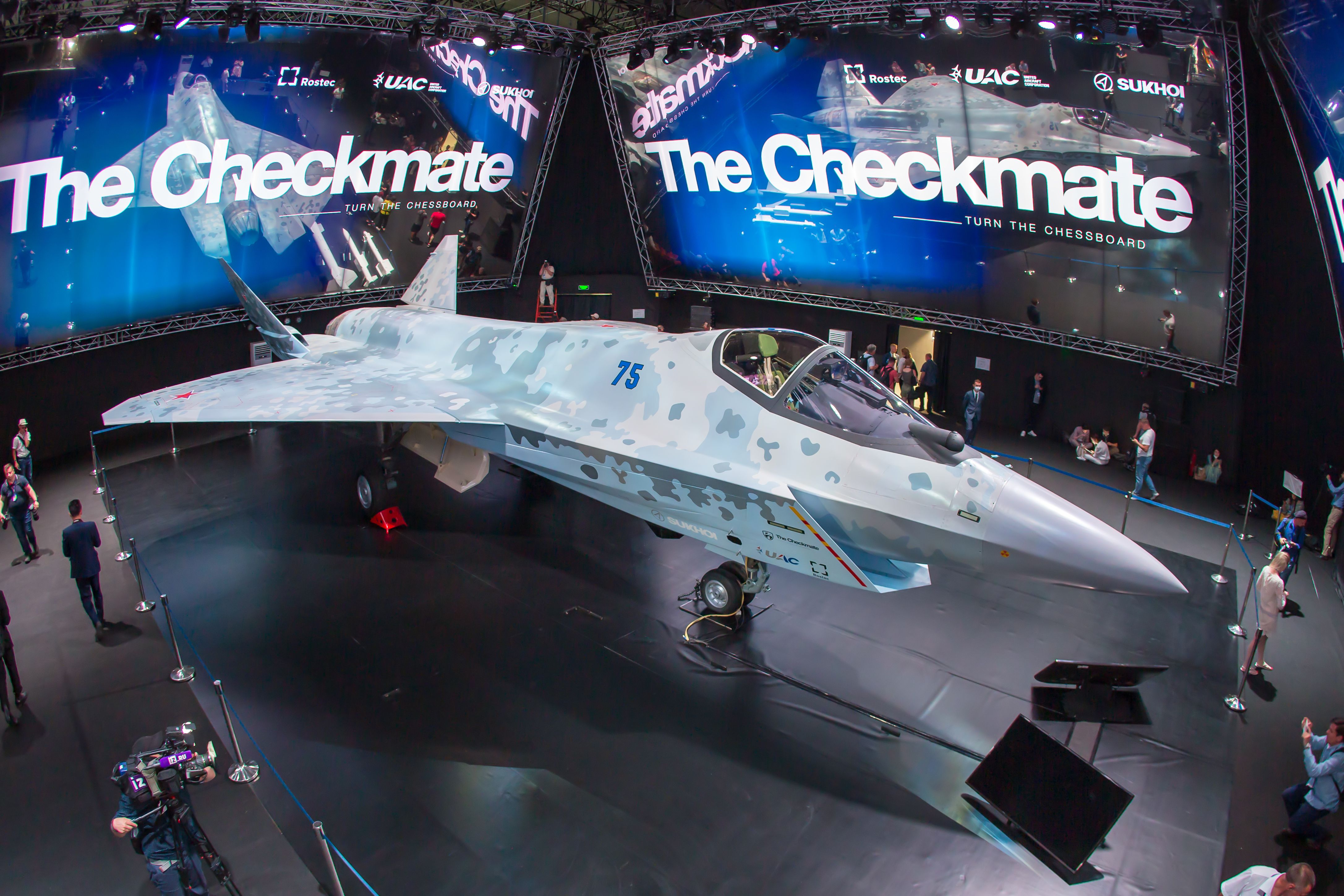Summary
- Russia frequently renames its upgraded variants, creating the illusion of more aircraft types.
- The Su-57 is Russia’s only ‘new’ fighter jet put into production but faces criticism and low production numbers.
- Russia’s fighter jet exports have decreased, and countries are developing rival jets that may surpass Russian jets.
The Su-57 ‘Felon’ is arguably the only fighter jet developed by the Russian Federation. For the 34 years of its existence (since the collapse of the USSR), the Russian Federation has struggled to create all-new fighter jets. For decades, Russia has been able to upgrade and rebrand old Soviet platforms continuously—largely slapping upgrades and bigger designation numbers on its inherited Soviet models. But how much longer can this continue?
Same aircraft, different number
Russia often renames upgraded variants. This can create the illusion of more aircraft types than there really are for those used to the American way of naming fighter jets. The US Air Force only grants new names to completely new aircraft. For example, the F-16 has been produced in very different (and upgraded) variants. Original variants included Block 10/15; Lockheed is producing the Block 70/72 variant today. But the F-16 Block 70 is still an F-16 – the Air Force doesn’t call it the “F-26” or anything.
|
Russian fighter jets (excl. attack aircraft) |
|
|---|---|
|
MiG-29 family: |
MiG-29, MiG-29K, MiG-29M, MiG-35 |
|
MiG-31 family |
MiG-31 |
|
Su-57 family |
Su-57 |
|
Su-27 family |
Su-27, Su-30, Su-33, Su-34, Su-35, Su-37 |
The MiG-35 (an upgraded MiG-29KR) is a variant of the MiG-29 with the same engine. Russia developed the MiG-29 for export and marketed it as an export 4.5++ generation fighter. But no one wanted it, and Russia has not received a single order. Even the Russian Air Force doesn’t want it – only six jets were ordered for a Russian aerobatic team (the Swifts).
The Su-27 Flanker family is the backbone of the Russian Air Force. Flanker derivatives include the Su-30, Su-34, and Su-35.
Photo: Arkady Zakharov l Shutterstock
The practice of renaming upgrades is not limited to Russian aviation. Other famous examples include air defense and tanks. Russia’s S-400 SAM is an upgraded S-300 SAM (and was previously called the S-300 PMU-3). The T-90M (Russia’s most modern tank actually fighting) is an upgraded T-90, which is, in turn, an upgraded T-72 (which first entered service in 1971).
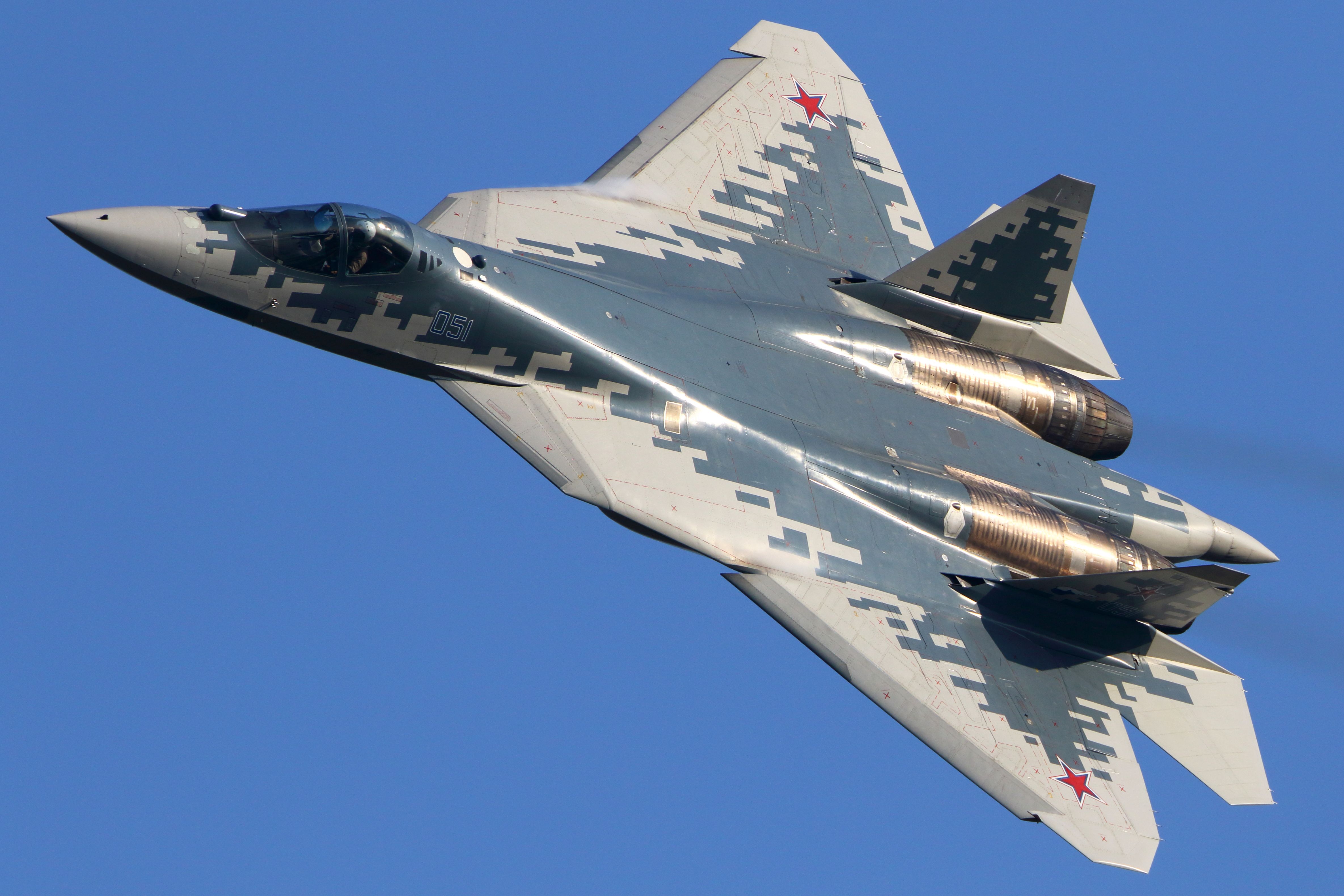
Related
The Top 5 Fighter Jets Used By The Russian Air Force
Some of these fighters have already been shot down in Ukraine.
Sukhoi Su-57 Russia’s ‘new’ fighter jet
One can argue that the Sukhoi Su-57 multirole fighter jet is the only ‘new’ fighter jet the Russian Federation has ever developed and put into production. The Su-57 is touted as a fifth-generation fighter jet, but looking a little closer, it is obvious the program is plagued.
|
Sukhoi Su-57 performance |
|
|---|---|
|
Max speed: |
Mach 2 |
|
Service ceiling: |
66,000 feet |
|
Supercruise: |
Mach 1.3 |
|
Range: |
2,200 miles |
|
Supersonic range: |
930 miles |
Besides much online criticism about the extent of its stealth features, the jet is plagued by low production numbers. According to Business Insider, only a dozen or so have been built. Russia is not the Soviet Union; to make its jets affordable for its own forces, it needs to export them to reduce costs. But no country has ordered the Su-57. India was interested in the jet but abandoned it and purchased other jets instead.
Photo: BeAvPhoto | Shutterstock
While the improved Saturn AL-51 engine is planned to be incorporated, existing Su-57s are built with the older Saturn AL-41F1 engines used on the Su-27 Flanker family. The Su-57 is also known to be built using US technology.
The Su-57 has been largely absent from the war in Ukraine. The British MoD has reported that it has been used cautiously to fire missiles from afar out of fear of losing them and incurring reputational damage. The Su-57’s most notable occurrence in the news so far is one (perhaps two) being damaged or destroyed on the ground by Ukrainian drones.
The war in Ukraine is likely making Russia’s fighter jet development even worse. Now, it is even less likely third countries will purchase Russian aircraft or invest in their development. At the same time, Russia is likely prioritizing investing in weapons that can be produced quickly to fight the current war and not investing in expensive projects to fight the next war.
Sales run out
But at some point, countries lose interest in a 1980s design with Flanker upgrade package number XX. So, while Russia has done well selling weapons through the 1990s, 2000s, and even 2010s, it can’t last forever in a world where F-35 fifth-generation fighter jets are becoming the norm. Without new designs, Russian jets would inevitably fall behind.
Photo: JetKat l Shutterstock
Russia appears to be finally hitting a brick wall with fighter jet exports—its exports have collapsed in recent years. The sanctions imposed after the 2022 invasion of Ukraine only make it worse. But this was going on before the war; by the end of 2021, countries around the world had already largely given up on purchasing Russian jets.
|
Top 3 exporting countries (per SPIRI) |
% global arms exports (2019-23) |
% global arms exports (2014-18) |
% change |
|---|---|---|---|
|
United States: |
42% |
34% |
+17% |
|
France: |
11% |
7.2% |
+42% |
|
Russia: |
11% |
21% |
-53% |
China is now developing its own jets that may surpass Russian jets in some areas, while India is developing its own industry.
Other countries are also likely to start offering their all-new rival jets in the future (such as Korea with its KF-21 Boramae and Turkey with its TAI Kaan). These aircraft could compete for markets where Russia once enjoyed a near monopoly (countries that may not want to purchase Western jets for political or cost reasons).

Related
How Are Sanctions Hamstringing The Production Of Russia’s Domestic Airliners?
Domestic Russian commercial jets are being delayed as they are re-designed with Russian-built parts.
Phantom future jets
Photo: Skycolors | Shutterstock
Other future fighter aircraft Russia is advertising include the Su-75 Checkmate and the MiG-41. But these aircraft do not exist. There are reasons to believe the Su-75 ‘Checkmate’ was a mockup designed to attract foreign investment to develop the project. The MiG-41 sixth-generation fighter jet is likely very much in the early planning stages and won’t be in service for decades.

